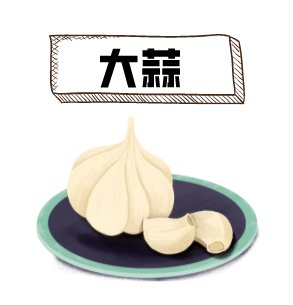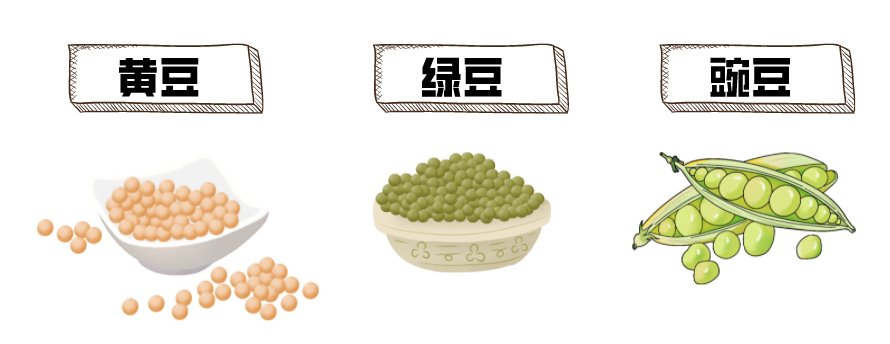Considering that spring and summer are the seasons of high incidence of food poisoning
Recently, many people are stocking up vegetables at home
Many vegetables are easy to germinate after a long time
So sprouted vegetables, which ones can be eaten and which ones can’t be eaten?
Some common foods in life, such as peanuts, potatoes, sweet potatoes, garlic, ginger, etc.,
Whether they will double the nutrition or produce toxins when they sprout Woolen cloth?
Find out today!


We usually buy from the supermarket The returned garlic is easy to germinate and grow leaves in a suitable temperature environment. Such “secondary development” will indeed consume a part of the nutritional value of garlic itself, making the garlic cloves shrink and shriveled, reducing the taste, but it will not produce toxic substances and can be eaten with confidence.

Ginger does not produce harmful substances during germination, but it consumes its internal nutrients during germination , the nutritional value of ginger itself is slightly reduced.
However, if the ginger rots and grows bacteria, it can’t be eaten anymore, otherwise it will cause food poisoning.

Peanut buds grow from the flowers, which are edible by themselves, but not recommended for everyone. Because after the peanut shell is destroyed, it is easy to be contaminated by mold, which produces terrible aflatoxin with strong carcinogenic effect.
On the one hand, the humidity, temperature and other conditions suitable for germination are very suitable for the growth of mold; on the other hand, if the peanut is not very good, it is likely that mold already exists. Therefore, the sprouted peanuts at home are likely to be a comfortable breeding ground for the production of aflatoxins. Therefore, it is safer to throw it away to be on the safe side.

The nutritional value of beans themselves is very high. Bean sprouts, mung bean sprouts, and pea sprouts have higher nutritional value.
Take soybean sprouts as an example, compared with soybeans, the fat and reducing sugar of bean sprouts decreased, while the content of vitamin A, vitamin C, riboflavin, niacin and isoflavones increased.
In addition, after the bean sprouts, part of the protein will be decomposed into various amino acids needed by the human body. Sprouts are more delicious and delicate, and are more suitable for people with poor digestion.
However, these sprouts are the same as peanuts. You must ensure the safety of the ingredients to avoid mildew.

For sweet potatoes, germination itself does not produce any harmful substances, but we do not recommend everyone to eat it Sprouts of sweet potatoes.
Because the environmental conditions suitable for germination are also very suitable for sweet potatoes to be mildewed. Molds produce some toxins as they grow and reproduce. Generally, sweet potato germination will be accompanied by mildew, so be sure to check carefully. Once you find any abnormality, don’t eat it again. By the way, purple potatoes and sweet potatoes are in the same family, and they can be treated the same.

When it comes to “sprouting food is poisonous”, “potato” is definitely on the list. In order to resist the infestation of pests, potatoes can produce some toxic substances to protect themselves, the most famous of which is “solanine”. The solanine produced by potatoes is mainly found in the stems and leaves, and the part we often eat is its tubers.
The content of solanine in potatoes is very low in normal state, but once it begins to sprout and turn green, solanine will be produced in large quantities, which is beyond the range of safe consumption. So eating sprouted potatoes can easily lead to food poisoning. So to be on the safe side, it’s best to throw it away.
Finally, a summary for everyone
Food sprouting (mainly home-made)
Can’t eat: potatoes
Eatable and nutritious : Soybeans, mung beans, peas
Eatable but poor taste: garlic, ginger
Can eat with caution (mold): peanuts, sweet potatoes, yam
Source : Fujian Health News, CCTV Life Circle, Popular Science China
Editor: Hong Meijuan